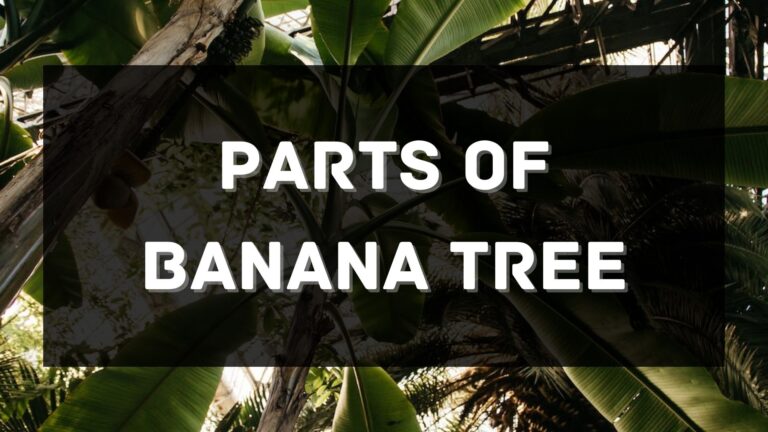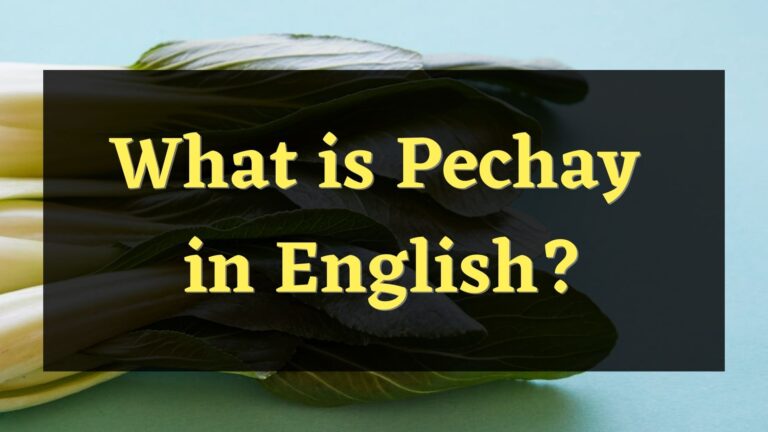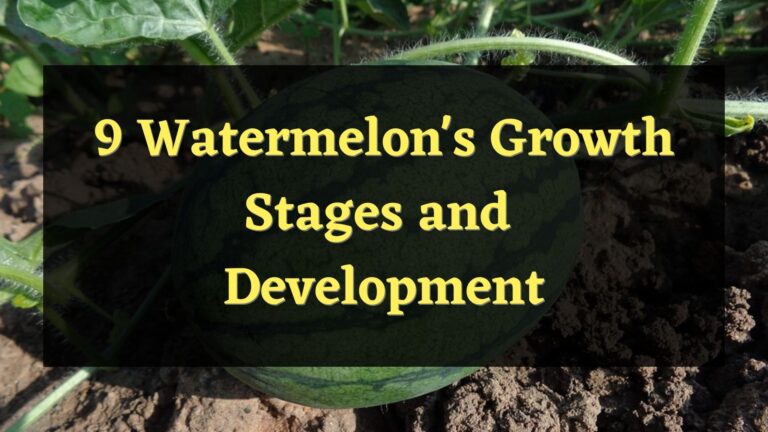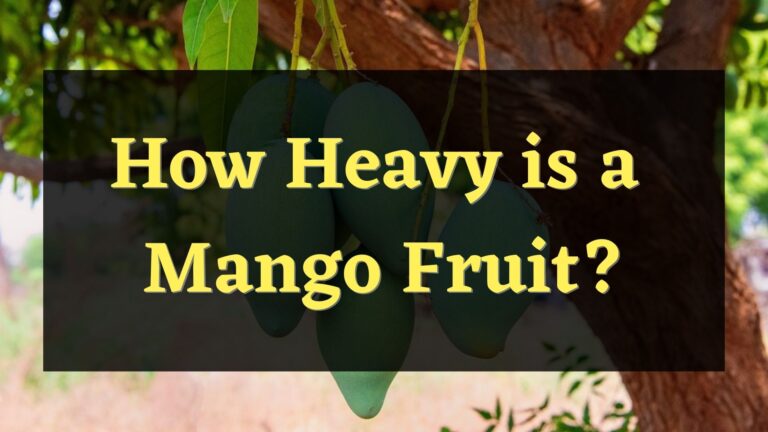Have you ever gotten a prickly cucumber and asked yourself “Why are my cucumbers prickly?” Most of the cucumbers that we saw on the market or in grocery stores have smooth skin so seeing cucumbers with spikes is confusing. Cucumbers are genetically prickly and have varying degrees of prickles, so pickling cucumbers are normal. Prickles on the surface of the cucumbers can be caused by some environmental, genetic, and biological factors.
Why do I have a prickly cucumber?
Biological and environmental factors are the two main causes of why you have prickly cucumber. Biological factors cannot be controlled as it is based on the nature of the plant. Environmental factors can be controlled by monitoring the plant regularly to protect it from pests and diseases.
Biological Factors
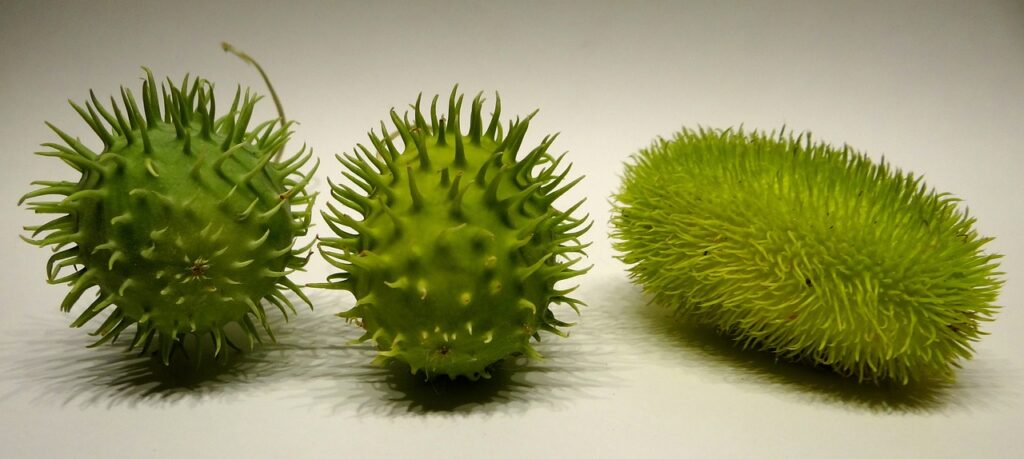
Cucumbers genetically grow with spikes. Slicing and pickling are two common types of cucumbers. In slicing varieties, these spines appear like hairs while in pickling varieties, it appears like thorns. Prickles serve as a defense mechanism for cucumbers to protect themselves from animals.
Environmental Factors
Some of the environmental factors that can cause prickly cucumbers are pests and plant diseases.
Pests
Some of the pests that can cause a cucumber to be prickly are spider mites, whiteflies, and aphids. These pests and insects inject toxins into the cucumber when they consume the sap from the plant. It makes cucumbers more susceptible to ailments that could make them prickly.
Plant Diseases
Some of the plant diseases that can cause cucumbers to be prickly are powdery mildew, anthracnose, and bacterial wilt. The cucumbers might become prickly due to powdery mildew, a white powder that develops on the plant’s surface. Black dots appear on the cucumber’s surface as a result of the fungal disease anthracnose. The leaves of the plant can wither because of bacterial wilt.
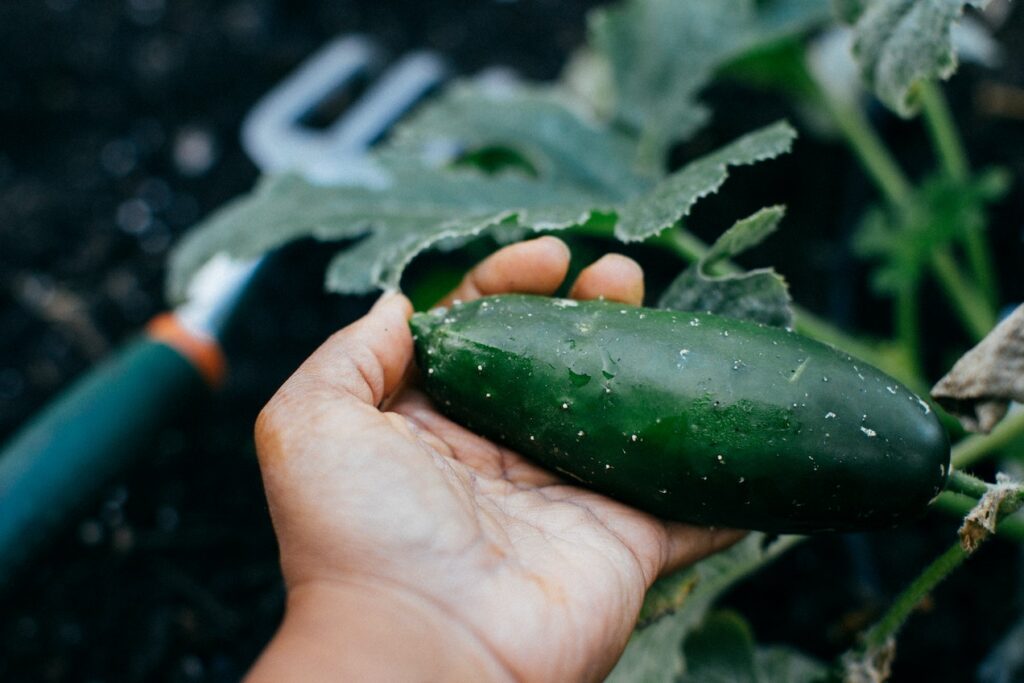
How to get rid of a prickly cucumber spike?
Removing spikes on cucumbers while it is attached to the tree is not advisable as it can affect the whole plant. It is better to get rid of them when you harvest them.
Ways to get rid of spikes after harvesting them
- Wash cucumbers thoroughly – Washing slicing varieties of cucumbers in running water can easily remove the hairs on the surface. The spikes on the pickling varieties will not be easily removed in running water because spikes are hard.
- Rub cucumber with a kitchen towel -The best way to remove the spikes from pickling varieties is to wrap the cucumber in a kitchen towel and rub it vigorously to remove the spikes. Rubbing the cucumber with a cloth while washing it in water will remove the spikes faster.
- Scrap the prickles -The prickles or spikes on cucumbers can be scaped with a soft vegetable brush. Scraping it on running water will speed up the process of removing the spikes.
- Peeling the cucumber – You can peel the cucumber to remove the spikes on its surface before you eat them. Peeling the cucumber improves its visual presentation which makes it more delicious.
Prickles can also be eliminated while the cucumber is still attached to the plant by taking care of them properly. It may not be totally removed but it can reduce the prickles on the surface of cucumbers.
Ways to lessen the prickles on its surface
- Pruning the cucumber plant – The nutrients and minerals that the plant receives are spread out in its different parts, so pruning them will direct the energy toward the specific areas of the plant. The cucumber plant will grow better and faster when it receives enough nutrients.
- Remove the weeds on the surface of the plant – Weeds must be removed because it competes with cucumber plants for essential requirements such as nutrients, water, air, and light. Pests hide in the weeds so removing the weeds will prevent pests from infecting the plant. It affects the growth of the plant and the appearance of fruits making it pricklier.
- Water the cucumber plant deeply – Deep watering keeps the root zone hydrated and strengthens the roots of the plant. The nutrients and minerals that the roots received will be easily transferred to all parts of the plant.
- Apply mulch to the soil – Mulch is beneficial to the cucumber plant because it reduces the growth of weeds, adds organic matter to the soil, reduces the loss of water on the plant’s surface, controls soil temperature, and adds a protective barrier to the roots of the plant.
- Use fertilizer on the cucumber plant – Fertilizing the cucumber plant maximizes its growth and production. It must be applied every fourteen days to provide essential nutrients to the plant and keep it healthy.
Can you eat spiky cucumbers?
Spiky cucumbers are safe to eat. Eating spiky cucumbers can be uncomfortable so it is better to remove those spikes before you eat them. Spiky cucumbers are also sold in grocery stores, they only look smooth and shiny because it has been cleaned and waxed before those cucumbers were displayed. Spikes or prickles on the surface of the plant can be removed by washing them thoroughly, picking them with your hands or vegetable brush, or rubbing them on a kitchen towel.
Should it be prickly when picking a cucumber?
A Cucumber should be prickly when you picked it as prickles are genetically part of it. If you don’t want cucumbers with lots of prickles, you can plant slicing varieties or those that are bred without prickles. Prickles must not be removed from the surface of the before you pick them because it can damage the fruit. The fruit will be more susceptible to pests and rotting.
Conclusion
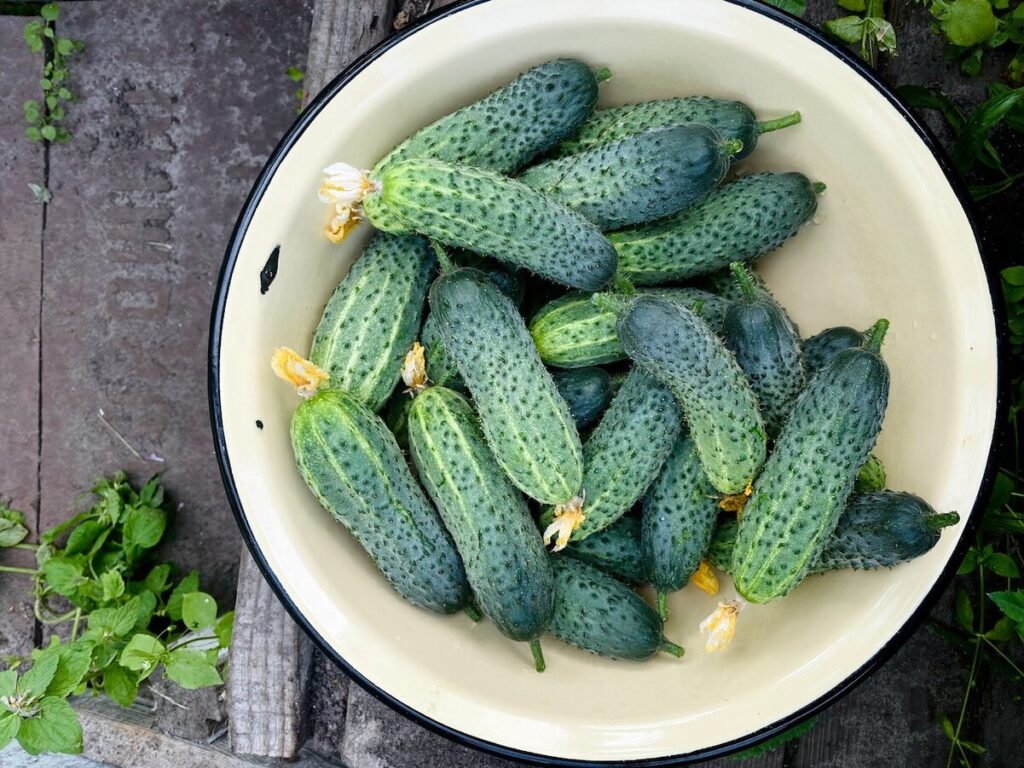
Cucumbers are genetically prickly so they cannot be totally removed from the surface fruit’s surface. Prickles can be caused by biological and environmental factors. Taking care of your cucumber plant properly can lessen the formation of prickles. It is safe to eat spiky cucumbers, but it will be uncomfortable. Spikes can be removed from their surface after you harvest them by washing them thoroughly, scraping them, or rubbing them with a kitchen cloth vigorously.

Elizabeth Mcmillan is a passionate gardener with a strong interest in plants. She used to be a teacher, but Elizabeth has spent the last few years immersing herself in the world of plants, learning about their biology and cultural value and trying out different ways of growing them in her own garden. Elizabeth Mcmillan loves indoor plants, succulents, and cacti, and her friends and family know her as a plant care expert.



